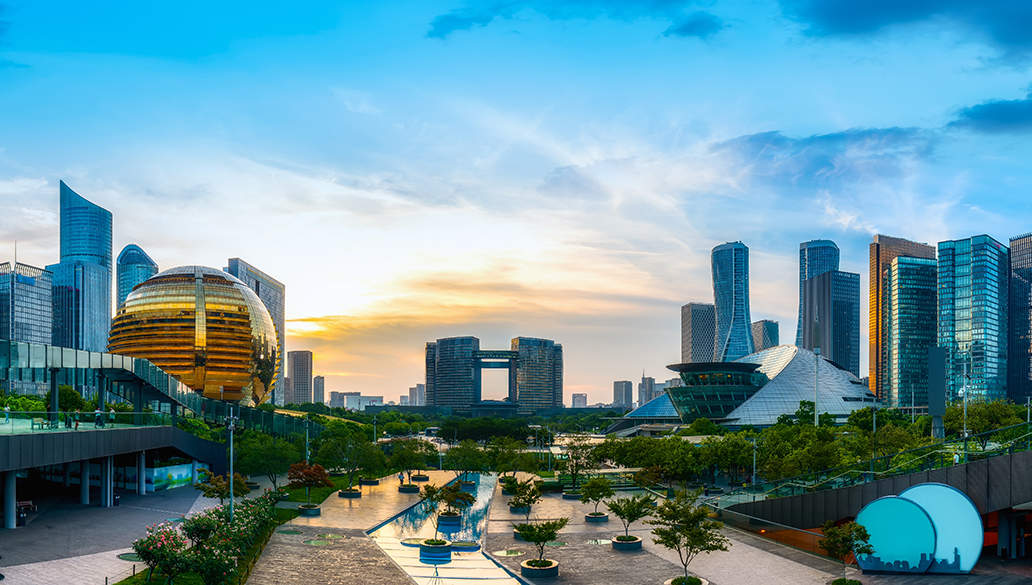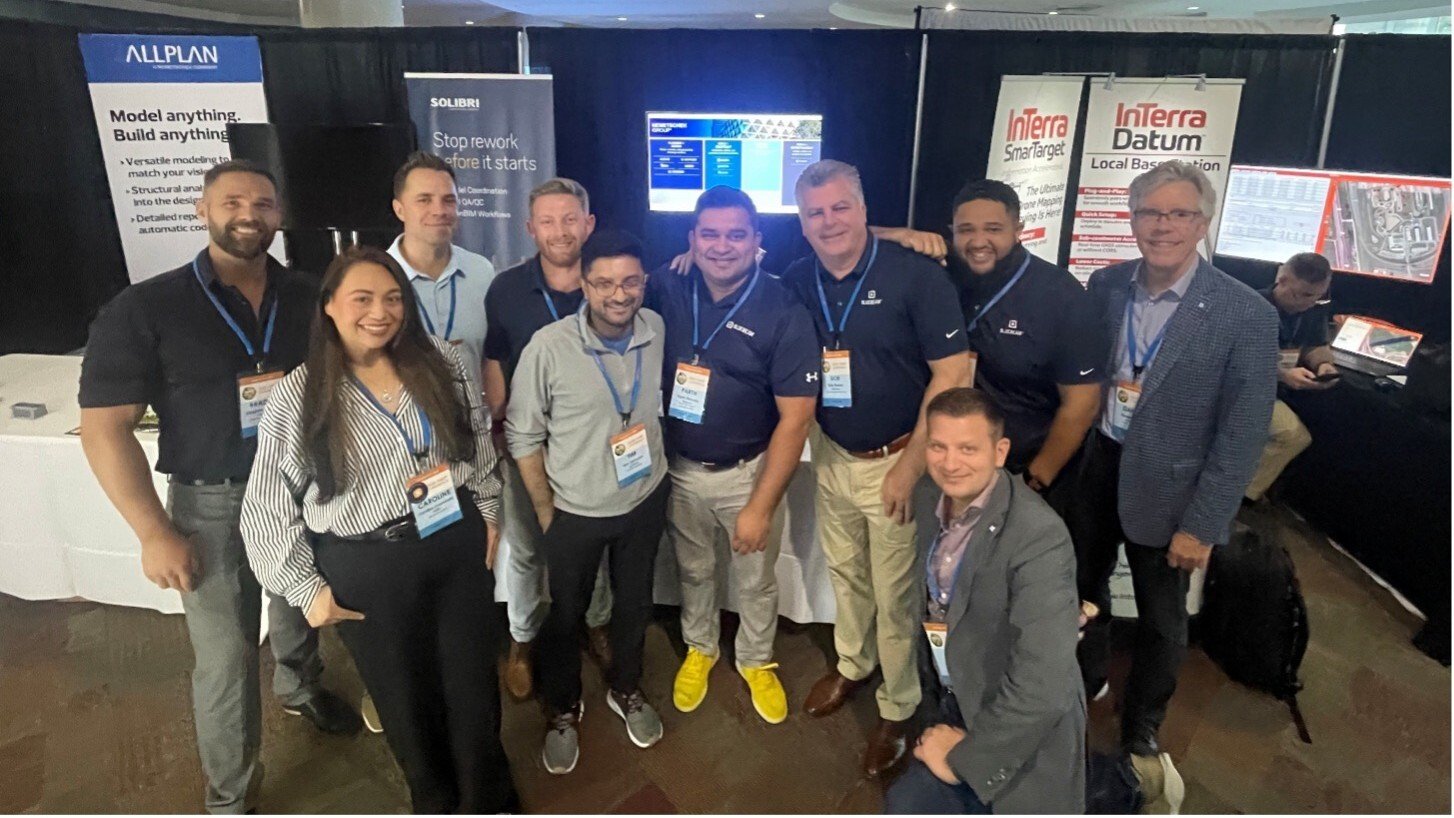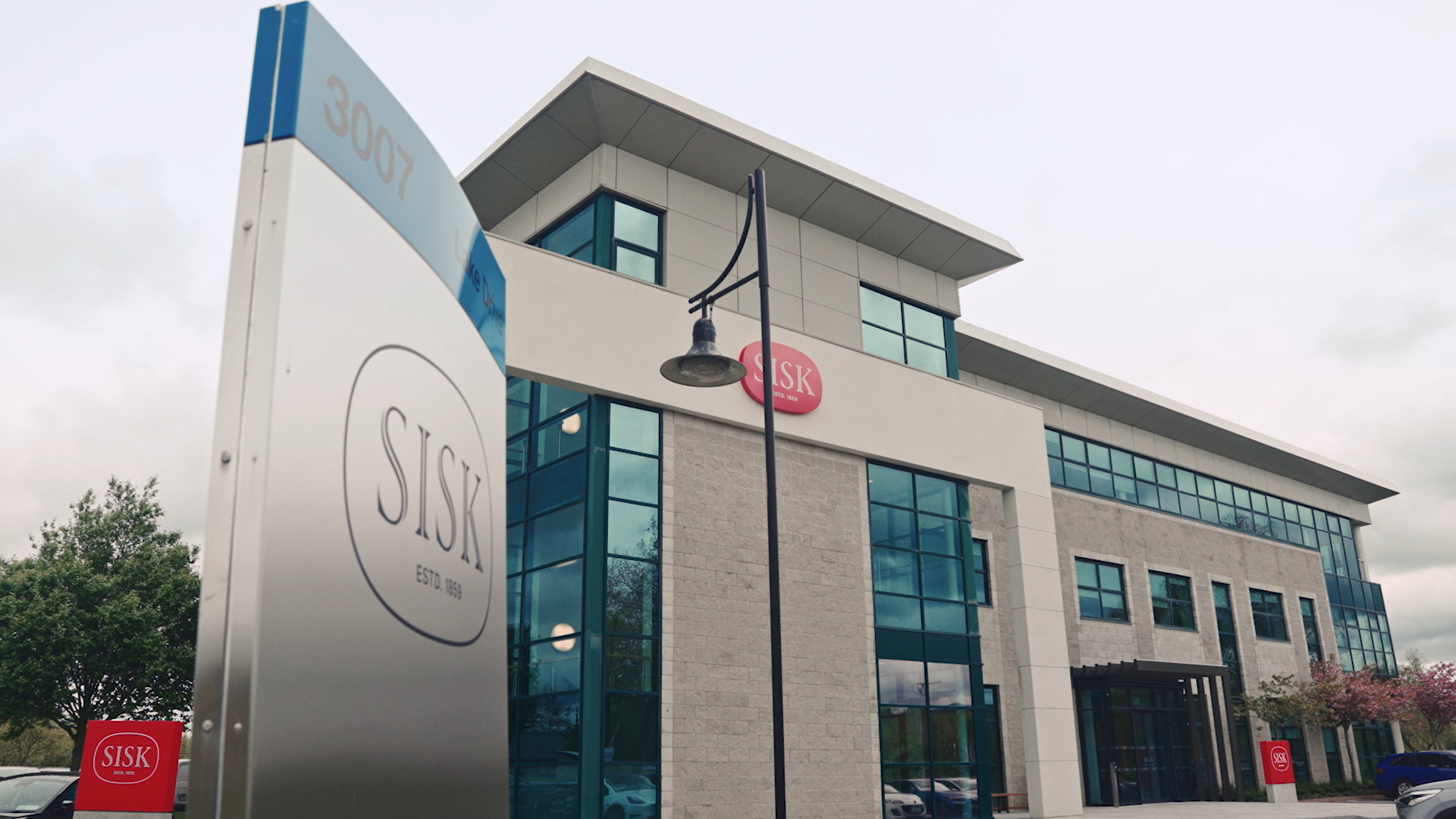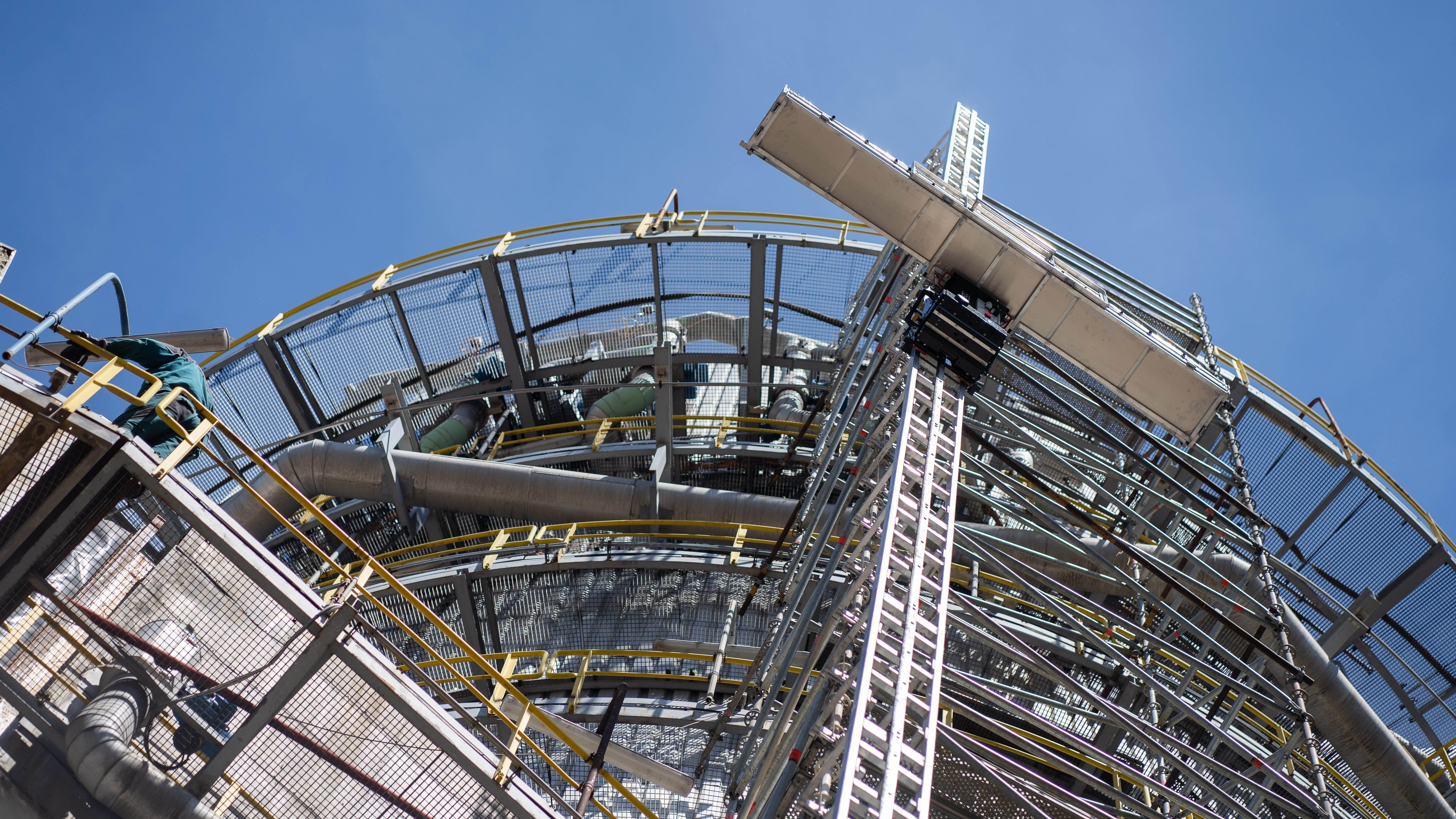The City of Tomorrow - Smart. Sustainable. Human.
How will the city of the future look like? How will the people live, commute and interact? And how important are digital solutions and innovations for planning, constructing and managing the cities of the future?
Author
Tim Westphal
Journalist specialized in the AEC/O industry from Berlin, Germany
This article belongs to the collection Sustainability
To the topic pageIn November 2022, the world's population passed the 8 billion mark; just over 20 years ago, it was only 6 billion. By the - conservatively calculated - peak in 2080, there could be almost 11 billion people who our world is supposed to feed, who want to live, work, interact, consume and travel together on it. How can this succeed? What will cities and metropolitan areas need to look like to accommodate this onslaught?
From the first documented settlements of 10,000 B.C., to the most recent utopias of our present time with the controversially discussed project "The Line" or the recently presented cube skyscraper Mukaab in the Saudi Arabian desert, two things in particular have not changed: Cities offer a variety of opportunities for social interaction within a small space and high building density, and they are characterized by a maximally heterogeneous resident structure. In addition, both public and private facilities and services are also used by residents of the surrounding area, unlike in rural settlements.
By 2050, 80% of the world's population is expected to live in citiesv. Factors that make a city livable are examined annually by the British Economist Group. The ranking of the "most livable metropolises worldwide" is made up of factors such as (political/social) stability, health, culture, education and infrastructure.
There are numerous approaches for the livable city of the future:
- Adaptation to global climate change: In the future, cities will be CO2-neutral and respond to the challenges of global climate change with resilient architecture.
- Sustainability: In order to achieve CO2 neutrality and reduce environmental pollution, the use of renewable energies and the efficient and careful use of resources will be necessary.
- Digitalization: The digital networking of energy producers and consumers, the monitoring of important data in living together in the city, the use of digital technologies in administration and in the service sector will play a major role in the future.
- Smart city technology: Internet of Things, smart grids, user-dependent traffic flow control systems, AI-driven security technology and machine learning will allow the city to grow into a kind of organism that responds to the requirements and needs of its residents in such a way that they can feel secure and supported.
- Broadband and 5G applications: To link smart systems and enable AI-driven mobile applications, enormous data streams need to be handled. This will only be possible if the digital infrastructure makes it possible.
- Optimizing traffic: In the future, a sensible and balanced traffic infrastructure will offer all mobile participants the optimal option for individual movement in the city. Pedestrian traffic, bicycles and e-scooters, public transport and car traffic will be coordinated for this purpose. The own car as an important vehicle will become less and less important, because the city community will provide environmentally friendly alternatives. This will also improve air quality in the city and neighboring regions.
- Inclusion and more social justice: The city of the future offers its residents access to education, culture, health care, housing, social interaction, neighborhood and urban support, sufficient jobs and equal treatment.
In most cases, it is primarily "soft factors" that determine how livable a city is. Beyond that, it remains to look into the oft-cited "crystal ball" of what the city of tomorrow might look like. The face of tomorrow's city will be determined by political trends, economic developments, technological innovations, and social and ecological conditions. Nevertheless, there are factors relevant to the future that are already having a decisive influence on the development of cities and metropolitan areas - and not from a local or regional perspective, but from a global perspective. Digitalization, smart cities, inclusion and social equality, and resilient (adaptable) architecture are just a few of the important issues.
Our environment is characterized by the interplay of buildings, streets and open spaces such as parks, squares, green spaces or water areas. If they are in a balanced relationship to each other - meaning that cities are not only defined by streets and houses, but also by street trees, green spaces, parks within walking distance - the environment creates a sense of well-being. However, the attractiveness and quality of life of a city mean further influx of people into the city. If the architecture is already highly dense, the only options available in principle are the reorganization of existing buildings in the sense of a change of use, further densification of existing buildings by adding storeys, extensions or replacement buildings, i.e. the demolition of old buildings and the creation of new usable or living space, and the development of valuable open spaces that can thus no longer be made available to the general public.
Vertical, ultra-dense cities, as envisioned in urban utopias, could compensate for the loss of open space, at least to a certain extent, and contribute to the CO2 neutrality of cities. If vertical and indoor farming are added, the city of the future will even become self-sufficient. In order for innovative ideas and planning approaches such as those in the Bosco Verticale in Milan to benefit the entire urban community, countries, regions and, above all, cities must learn to rethink and plan their architecture. Innovative use of recycled materials and minimizing building products that consume a lot of energy during production are two possibilities. But building new, flexible construction methods and sustainable architecture are just as much a part of it.
One exciting concept for the city of the future is modular construction. The advantages are:
- Integrated planning with a high degree of digitalization: The use of digital planning tools and BIM as well as open planning standards with OPEN BIM are the basis for all planning participants involved in the project - who work closely together.
- Sustainability: Modular building makes it possible to use materials and resources more efficiently and reduce environmental impact.
- Flexibility: Modular buildings can be expanded or even converted more easily and adapted to changing requirements or new uses.
- High manufacturing quality: Essential components are prefabricated in a factory. Dimensional tolerances are therefore much lower than on the construction site.
- Efficient use of resources and cost efficiency: Waste is minimized: For example, leftover building materials can be fed directly back into the production cycle, or the cutting of wood components can be optimized using sophisticated cutting patterns.
- Shorter construction site and assembly times: Modular buildings can be erected more quickly on the construction site because prefabrication on the factory floor requires less on-site labor.
Thinking ahead to find the right solutions requires bold and subtle urban planning that is aware of the various framework conditions, clearly identifies opportunities and risks, and keeps an eye on demographic developments as well as changing security awareness and resource efficiency in urban space. Built architecture will respond more strongly to this with flexible structures and resource-saving construction. Prefabrication and serial construction are important levers in this respect, which by no means make new buildings appear monotonous and "off the assembly line". The "slab 2.0" is not the solution or the goal! Rather, individuality in series is a key to the urban architecture of tomorrow - if one really takes seriously the challenges created by our resource consumption and acute waste of resources.
The technical tools and the optimal process - to work together integrally as well as collaboratively in planning - already exist with a BIM planning. In model-based planning, in which numerous additional pieces of information in each component are already stored in the digital BIM building model, consumption data in operation, maintenance and replacement intervals of building services or the CO2 footprint of a building can be evaluated, adjusted, and optimized in the planning phase. Complete simulations of how a building will react in everyday use to environmental influences or even natural disasters such as earthquakes or heavy rain events are thus possible long before ground is broken. Holistic software solutions that implement the entire building life cycle and combine it with the project participants to create an optimal overall design make a significant contribution to this. The interplay of these different approaches and concepts can create the cities of the future - smart, humane, and sustainable.





